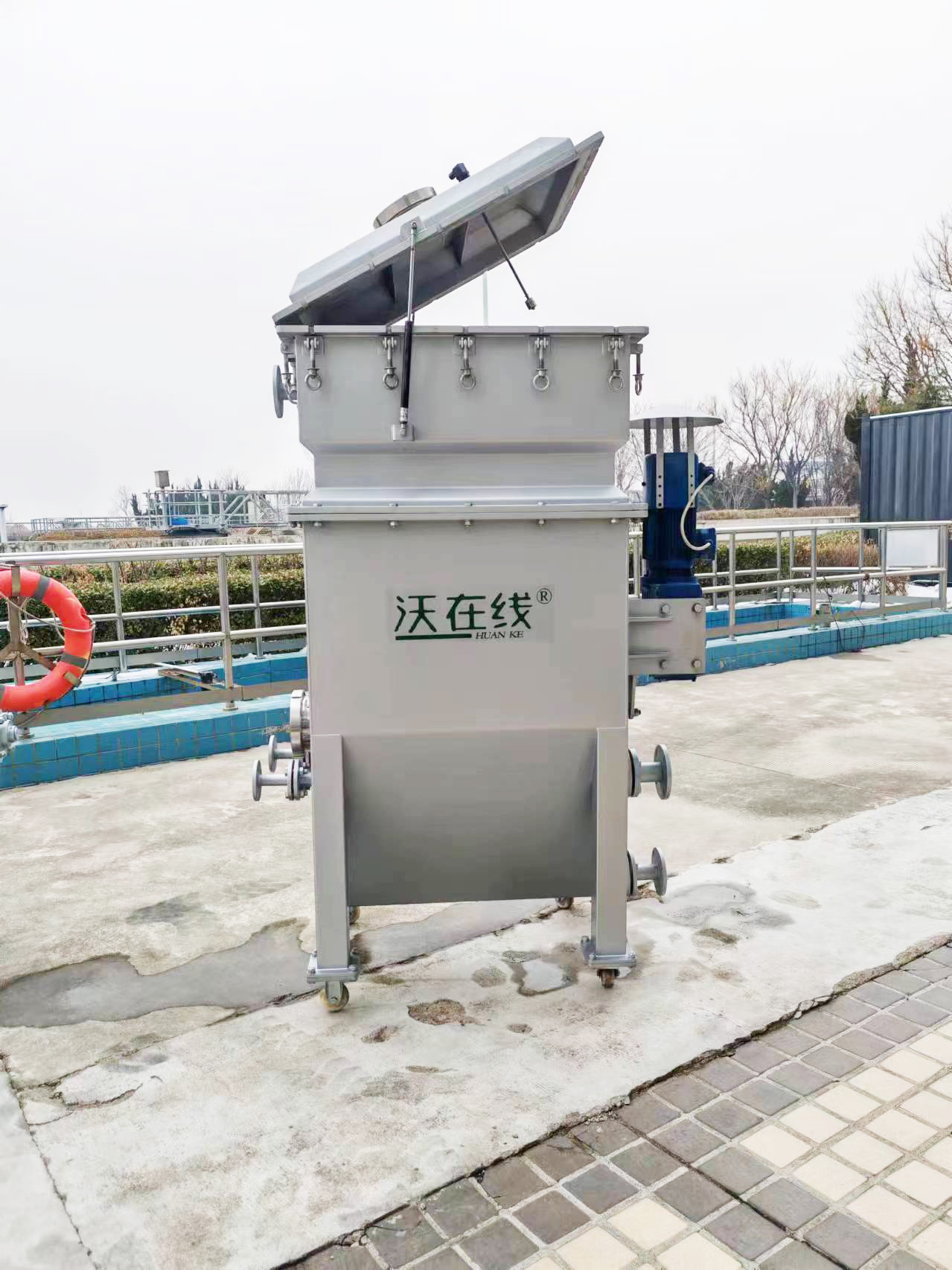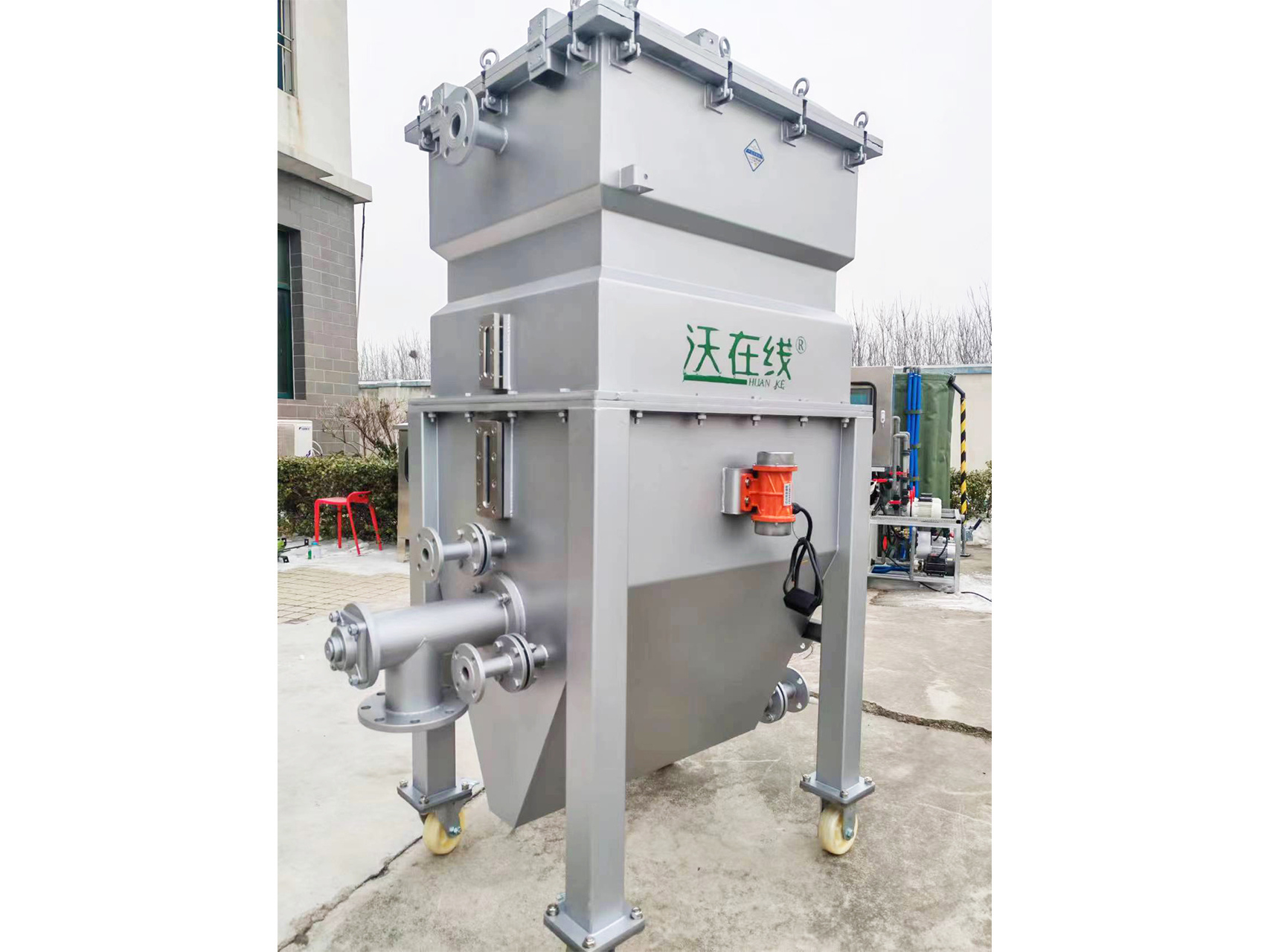04
2025
-
08
Renewable fiber filters: A Green Innovation and resource Regeneration path for industrial oil removal
Author:
Industrial oily wastewater has always been a persistent environmental problem in the manufacturing, energy and food processing industries. Traditional treatment methods are Mired in three major predicaments: oil separators can only intercept floating oil, while emulsified oil and dissolved oil are like "fish that slip through the net"; When activated carbon and other consumables reach saturation, they become waste, resulting in high disposal costs. Oil pollution is lost along with wastewater, which not only pollutes the environment but also wastes recyclable energy. The emergence of renewable fiber filters has broken the deadlock through technological innovation and opened up a sustainable path from oil pollution interception to resource regeneration.
I. Technical Core: The "Oil Removal Wisdom" of Fiber Materials
Hydrophilic and oleophobic "precise interception"
The core lies in the special modified fibers - forming a "double defense line" of a hydrophilic layer and a hydrophobic layer on the surface: the hydrophilic layer allows water molecules to pass through smoothly, while the hydrophobic layer acts like an "invisible barrier", preventing oil droplets from adhering and allowing them to be firmly locked in the filter layer. This design can efficiently capture free oil, emulsified oil and even some dissolved oil, significantly reducing the oil content in the effluent and easily meeting the standards.
The "dirt-holding advantage" of three-dimensional filter layers
The fibers are three-dimensionally woven to form a filter layer with high porosity and large specific surface area. When oil droplets pass through, they are like trapped in a "maze", being intercepted layer by layer. Compared with traditional filter materials, it has a stronger dirt-holding capacity, a longer filtration cycle, and reduces the trouble of frequent replacement.
The "Circular Code" of Regeneration Technology
"Physical + chemical" dual regeneration method: High-pressure water flow peels off surface oil stains like "flushing", and low-concentration alkali solution combined with ultrasonic waves dissolves stubborn oil stains. After regeneration, the performance of the filter material remains as before, and the regeneration wastewater can be reused, truly achieving "zero waste".


Ii. Core Advantage: The leap from pollution control to recycling
Efficient oil removal, breaking through technical bottlenecks
Traditional oil separators are helpless against emulsified oil, while air flotation requires the addition of chemicals, which can easily cause secondary pollution. The fiber filter simultaneously removes various forms of oil stains through physical interception and oil-repellent repulsion, ensuring stable and controllable effluent quality.
Renewable design, saying goodbye to the "black hole of consumables"
Traditional filter materials such as activated carbon need to be replaced frequently, which is costly. The filter material of fiber filters has a long service life, and its performance does not decline after regeneration, significantly reducing operation and maintenance costs and minimizing waste generation.
Resource recycling, turning waste into treasure
The intercepted oil stains can be separated and recovered through simple techniques and converted into fuel or industrial raw materials. After a certain factory applied this technology, it recovered dozens of tons of waste oil annually, which not only reduced pollution but also generated profits.
Green and low-carbon, in line with the development concept
No chemical agents need to be added. The regeneration process has low energy consumption. The reuse of wastewater and the resource utilization of oil pollution significantly reduce the carbon footprint, which is in line with the demands of green development.
Iii. Scenario Implementation: The "All-round Assistant" for Industrial Oil Removal
Mechanical processing: Purify the cutting fluid, solve the pain points of its oil content, easy deterioration and frequent replacement, extend its service life and reduce the discharge of waste liquid.
Petrochemical industry: As a pretreatment unit for oily wastewater, it reduces the load of subsequent treatment and ensures that the wastewater from crude oil extraction and refining meets the standards.
Food processing: Rapidly separate the oil from the wastewater from slaughtering and oil processing. The recovered oil can be used in the production of biodiesel to prevent pipeline blockage.
Marine wastewater: Small in volume and high in efficiency, it is suitable for the treatment of oily wastewater in ship engine rooms and meets international discharge requirements.
Iv. Double Increase in Benefits: A "Win-win Solution" for Economy and Ecology
Cost reduction and efficiency improvement bring considerable returns
A case from a certain factory shows that the cost of replacing cutting fluid has dropped significantly, with remarkable annual savings. Waste oil recycling generates additional income. The initial investment payback period is short, and the economic benefits are immediate.
Environmental protection empowerment helps the single system for carbon peaking and carbon neutrality reduce waste oil emissions annually and lower the risks of soil and water pollution. The reuse of recycled wastewater and the resource utilization of oil pollution reduce carbon emissions and contribute to carbon neutrality.
V. Future Direction: From Technological Breakthroughs to Ecological Closed-loop
Technological iteration: Smarter and more durable. Developed self-cleaning nano-coated filter material to enhance oil resistance. Integrate intelligent algorithms to achieve real-time monitoring of oil pollution concentration and dynamic optimization of the regeneration program.
Cross-border integration: Build a circular system and combine it with other technologies to create an integrated system of "oil removal - purification - reuse". Promote the upgrading of the oil pollution resource utilization industrial chain and convert recovered oils into high value-added products.
Policy and Market: Suggestions for accelerating popularization and implementation should be included in the environmental protection technology promotion directory and policy support should be provided. Establish a certification system for oil removal efficiency and promote the standardized development of the industry.
Renewable fiber filters not only revolutionized industrial oil removal technology but also reshaped the logic of wastewater treatment - shifting from "passive pollution control" to "active regeneration". It turns oily wastewater from an environmental burden into a recyclable resource, and transforms environmental protection and the economy from a "multiple-choice question" into a "win-win question". With the popularization of technology and policy support, this technology is expected to become a "standard configuration" for the green transformation of industry, injecting new impetus into global sustainable development.
Related Products
Practical application of nitrogen and fluorine removal technology for flue Gas Washing Wastewater in the Thermal Power, heating and coal-fired Boiler industries
2025-08-15
Membrane separation: Green and efficient acid recovery for rare earth metallurgical leachate
2025-08-13
Electrodialysis experimental machine: Technical Practice of Concentrating and purifying Waste acid
2025-08-11
Electrodialysis: The "Resource Revolution" for Chemical/Pharmaceutical Wastewater, the Breakthrough from pollution Control to Recycling
2025-08-06
Huanke Environmental Protection Technology
HOTLINE:
Address:Optoelectronic Industry Accelerator in Weifang Hi-Tech Zone, Shandong Province, China
Contact:Zhang Gong
WhatsApp:+8619953608211
Email:eco.eqpt@gmail.com


Consult

TikTok
Copyright © 2023 Shandong Huanke Environmental Protection Technology Co., Ltd
